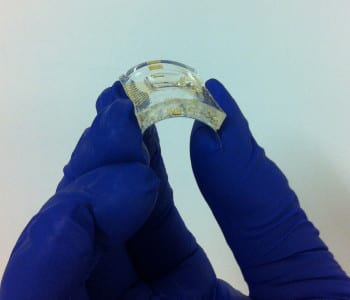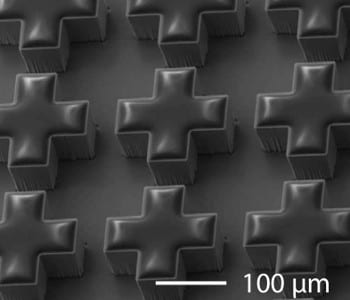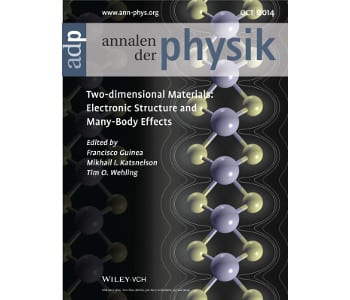Flexible MXene/carbon composite electrodes composed of alternating layers of titanium carbide-based MXene and carbon nanotubes have been fabricated.


Flexible MXene/carbon composite electrodes composed of alternating layers of titanium carbide-based MXene and carbon nanotubes have been fabricated.

British researchers have reported a window electrode based on an ultra-thin bilayer of copper and amorphous tungsten sub-oxide.

Unusual materials and design strategies enable NFC technology to be embedded into electronic systems that are ultrathin, soft and stretchable, like skin.

A German research team have fabricated magneto-electronics that fulfill the performance and processing requirements for consumer electronics.

Researchers have created a low-cost, flexible bioelectronic device based on PEDOT:PSS, which they used for monitoring action potentials from cell tissues.

Joris van Slageren´s research group discovers molecular quantum bit with exceptionally long coherence time over an unusually wide temperature range.

Researchers have formed perovskite films from a seed layer grown with atomic layer deposition, an standard technology for dielectric materials.

Yang Zou and co-workers have found evidence for superconductivity in YFe2Ge2 with an unusual power-law temperature dependence of the electrical resistivity.

Cheng, et al. have created a broadband perfect absorber for terahertz waves by etching doped silicon to form micro-scale resonant cavities.

Special issue, guest-edited by F. Guinea, M. I. Katsnelson, and T. O. Wehling, is focused on electronic structure and other properties of 2D materials.